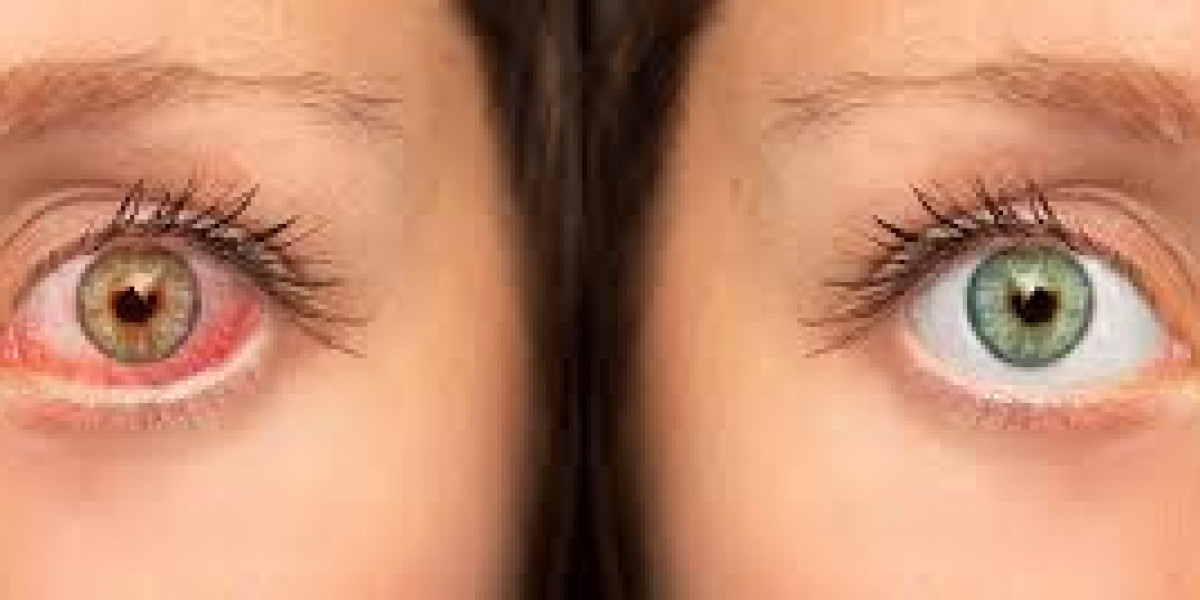Dry Eye Syndrome (DES) is a common condition affecting millions of people worldwide, characterized by insufficient tear production or poor-quality tears, leading to irritation, redness, and discomfort in the eyes. The global dry eye syndrome market has seen substantial growth in recent years due to increasing awareness, advances in treatment options, and rising incidences of the condition. This growth trajectory is expected to continue, driven by a combination of factors, including lifestyle changes, an aging population, and technological innovations in diagnostic and therapeutic interventions.
Epidemiology and Rising Incidence
The prevalence of dry eye syndrome has been steadily increasing, primarily due to environmental factors and lifestyle changes. Prolonged screen time, exposure to air conditioning, pollution, and frequent use of contact lenses have contributed to the higher rates of DES. Moreover, the aging population worldwide is a key driver of market growth. Older adults are particularly susceptible to DES, as tear production tends to decrease with age, making them more prone to the condition.
According to studies, the prevalence of dry eye disease increases with age, particularly in individuals over the age of 50. As the global population ages, particularly in developed countries, the demand for treatments and management strategies for DES is expected to rise significantly. The condition is also more prevalent among women, especially those undergoing menopause, where hormonal changes can contribute to a reduction in tear production.
Technological Advancements and Innovations in Treatment
The dry eye syndrome market has benefited from significant advancements in technology that have led to the development of new treatment options and diagnostic tools. Historically, treatments for DES included artificial tears, anti-inflammatory drugs, and the insertion of punctal plugs to block tear drainage. However, these treatments often offered only temporary relief or were limited in their effectiveness.
In recent years, new innovations in the form of prescription medications, devices, and minimally invasive surgical options have expanded treatment choices. For instance, cyclosporine A (Restasis) and lifitegrast (Xiidra) are prescription medications that target inflammation in the eyes, providing longer-lasting relief compared to traditional over-the-counter eye drops. The approval of these and other similar drugs has spurred growth in the pharmaceutical segment of the dry eye market.
Moreover, new diagnostic tools, such as the TearLab Osmolarity System and the LipiView II Ocular Surface Interferometer, have enabled more precise assessments of tear film and eye health. These devices allow healthcare professionals to diagnose dry eye disease with greater accuracy, improving patient outcomes and driving the demand for appropriate treatments.
Another breakthrough in dry eye management has been the use of intense pulsed light (IPL) therapy and meibomian gland expression devices. IPL therapy helps treat meibomian gland dysfunction (MGD), a common cause of dry eyes, by using light to reduce inflammation and improve the quality of tears. These treatments are gaining popularity in clinical settings, contributing to the growth of the market.
Increasing Awareness and Patient Education
Public awareness of dry eye syndrome has increased significantly, particularly with the help of healthcare professionals and organizations dedicated to educating the public about the condition. In recent years, numerous campaigns and outreach programs have been launched to highlight the symptoms and causes of DES, encouraging individuals to seek medical advice and treatment.
As awareness increases, more patients are seeking professional care, which in turn drives the demand for new treatment options. Additionally, awareness campaigns have educated people on the risks associated with untreated dry eyes, such as the potential for corneal damage or vision impairment. This awareness has led to greater acceptance of novel treatments and therapies, which is positively impacting market growth.
Market Segmentation and Regional Insights
The dry eye syndrome market is segmented based on product type, treatment type, and region. The pharmaceutical segment remains the largest, with a wide range of products, including over-the-counter artificial tears, prescription medications, and immunosuppressive drugs. The diagnostic segment is also expanding as more diagnostic tools are developed to accurately assess and monitor the condition.
Geographically, North America holds the largest market share, driven by high awareness, advanced healthcare infrastructure, and a growing number of treatment options. The United States is the largest contributor to the region, where the prevalence of dry eye disease is high, particularly among the elderly population. Europe follows closely, with increasing recognition of dry eye syndrome as a significant public health concern. The Asia Pacific region is also witnessing significant growth in the dry eye syndrome market due to improving healthcare facilities, rising disposable incomes, and increasing urbanization, leading to higher incidences of environmental factors contributing to the disease.
Future Outlook and Market Opportunities
Looking ahead, the dry eye syndrome market is expected to continue its upward trajectory. The ongoing development of new treatments, especially biologics and gene therapy, holds great promise in offering long-term solutions for patients. Furthermore, the growing focus on personalized medicine, where treatments are tailored to individual patients based on their specific needs, will likely drive growth in the market.
With continued investment in research and development, the dry eye syndrome market is set to witness further advancements in both treatment and diagnostic technologies. The market is also expected to benefit from an increasing focus on prevention and lifestyle changes, with more people adopting strategies to reduce their risk of developing dry eye syndrome. As the global awareness of dry eye syndrome increases and treatment options improve, the market is poised for sustained growth in the years to come.
read more:
| https://www.pristinemarketinsights.com/dry-eye-syndrome-market-report |






